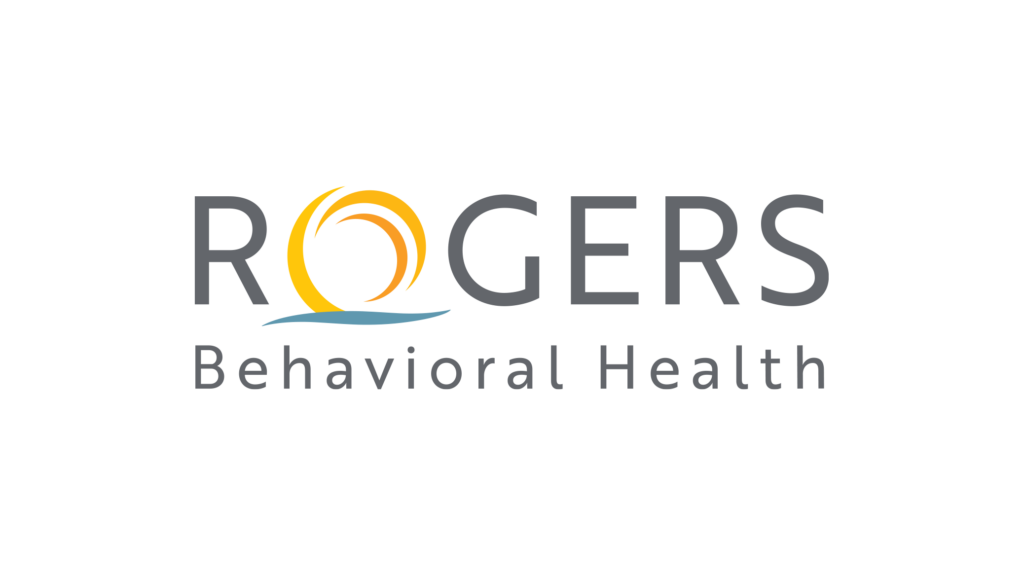Kristin Miles, PsyD, is an attending psychologist at Rogers Memorial Hospital-West Allis’s Child and Adolescent Day Treatment program. Learn more at rogershospital.org.

Media in its multiple and ever-changing forms – TV, Internet, Facebook, Twitter, computer and video games – plays a prominent role in our lives. With this unprecedented 24/7 access, many children and teens have difficulty managing their media use. So what is the danger in multi-tasking multiple streams of entertainment and information?
Developmentally, the brains of pre-teen and younger teens have yet to develop self-regulation skills, and this impacts their ability to identify when it is too much. Research from the University of Bristol found that children and teens that spent more than two hours a day in front of a screen had a 60 percent higher risk of psychological problems. These findings are part of a growing body of evidence that indicates there is a connection between media use and children’s mental health.
How can media affect my child’s mental health?
Media can have both a positive and negative effect during the growth years, depending on how the medium is used. It can be a positive experience for shy children in helping them develop interpersonal skills, create a sense of community or, in others, teach empathy or tolerance.
However, research also shows that when media is overused it can become a significant distraction for children, which can impede learning or cause short-term memory problems, cause a decrease in attention span, disrupt sleeping patterns, or cause excessive moodiness or aggression and other behavioral issues. As children enter their teenage years, they find themselves more susceptible to peer influence which may make them more likely to engage in risky behaviors like skipping school, drinking or drugs.
What is an appropriate amount of time for my child to engage in media?
A study by the Kaiser Family Foundation stated that children as young as eight years old are spending nearly 7.5 hours a day consuming media. A 2013 policy statement from the American Academy of Pediatrics (AAP) offers guidelines which cover all media avenues including television, movies, video games and Internet or tablet applications. The AAP policy statement suggests screen time should be limited to less than one or two hours per day. Kids that had more than two hours per day were more likely to experience a drop in school performance, short attention spans and even increased belligerence.
Besides time limits, how can I help guide my child’s media experience?
Parents need to strike a balance in their children’s media experience that minimizes potential health risks and fosters appropriate and positive media use. If you are finding it difficult to enforce media limits for your children, consider the following suggestions:
- Create “screen-free” zones at home
- Make meal and family times technology free
- Offer non-electronic activities like books, puzzles or board games
- Develop a family media agreement where children and parents agree to communicate openly on media use
When my child is using media what can I do to ensure it’s safe and age-appropriate?
The immediacy of media means your child or teen will probably be exposed, whether it’s with parental guidance or away at a friends or families. However, you can limit their exposure by:
- Keep the computer in a public part of the house
- Know and understand the media your children are using
- Utilize a kid-safe browser and search site such as Zoodles, Kido’z, or KidZui
- Create a code of conduct to follow (i.e. don’t share passwords or personal information, avoid strangers)
- With older kids, discuss various media messages and advertising


